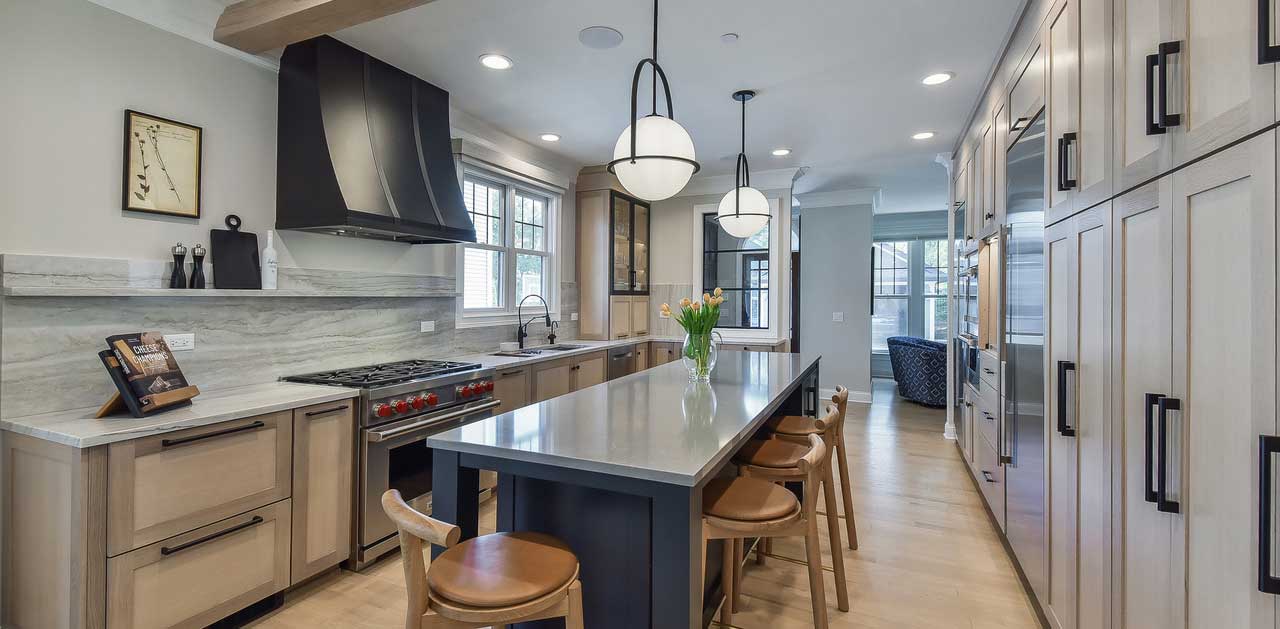Since the dawn of civilization, humankind has gathered around fire to cook and preserve food. In ancient times, cooking by charcoal or fire was quite basic and often accomplished outdoors. As we evolved, cooking moved indoors and the kitchen ventilation industry was born. Early solutions involved the passive flow of hot exhaust up and out of the dwelling. Many early cooktops and ranges were situated within a partially enclosed area of a room where the smoke and fumes were passively vented out through a chimney. Electricity sparked another breakthrough in range hood technology, and soon blowers and fan units began to actively remove cooktop exhaust by forcing the exhaust outside.
Today, range hoods come in a variety of shapes, sizes, and materials. Some recirculate the air through a screen filter, but a true ventilation unit will send the exhaust outside of the home. The flow of exhaust is measured in CFMs, which stands for cubic feet per minute. Depending on the size of the cooktop, a typical blower unit will vent as little as 200 CFM to as much as 1,200 CFM. With the latter, careful consideration must be paid to how the air will be replenished in order to avoid a pressure gradient. This is usually accomplished through some sort of air intake point near the range so that as exhaust is ejected out of the home, fresh air is brought in to equalize the pressure.
In addition to the functional capacity of a range hood, the shape and style is equally important. Range hoods often serve as the centerpiece of a kitchen design, which is why quality materials and superior craftsmanship are so important when considering a custom range hood. Haube Hoods strives to offer the perfect balance of functionality and craftsmanship at a price point that makes a custom range hood a feasible option for today's designers and homeowners.



